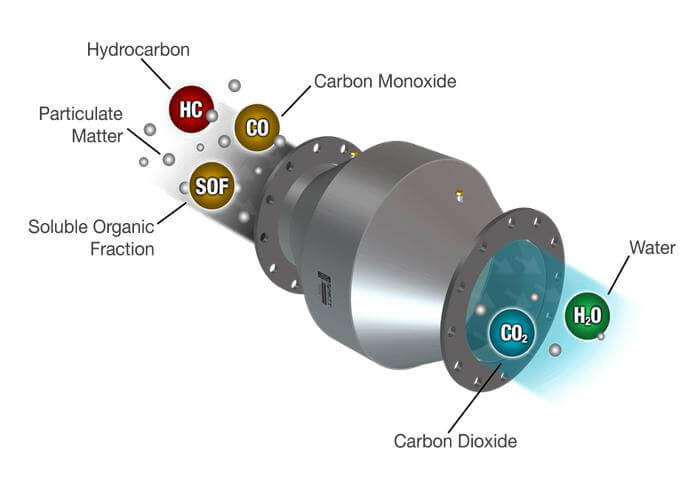Catalyst Readiness Monitor In Diesel Vehicles — What it checks
Learn how the Catalyst Readiness Monitor Works In Diesel Vehicles
The Catalyst Readiness Monitor Works by monitoring the Diesel Oxidation Catalyst (DOC) installed in some diesel vehicles.
Those vehicles include an extra catalyst called a Non-methane Hydrocarbon Catalyst, or A Diesel Oxidation Catalyst (DOC).
A DOC is a catalytic converter designed specifically for diesel engines to reduce Carbon Monoxide (CO), Hydrocarbons (HC) and Particulate Matter (PM) emissions. The NMH catalyst materials react with the exhaust gases to convert CO, HC, Particulate Matter and Soluble Organic Fraction into CO2 and H2O.
The Non-Methane Hydrocarbon Catalyst Readiness Monitor checks the efficiency of the catalyst by monitoring the quantity of NMH in the exhaust stream. The monitor also verifies that sufficient temperature is present to aid in particulate matter (PM) filter regeneration.
The NMHC Monitor is only used on diesel vehicles.
The NMHC Monitor is a “Two-Trip” Monitor. If a fault is found on the first trip, the computer temporarily saves the fault in its memory as a Pending Code. The computer does not command the MIL on at this time. If the fault is sensed again on the second trip, the computer commands
the MIL “On,” and saves the code in its long-term memory.
©, 2022 Rick Muscoplat
Posted on by Rick Muscoplat
